There is a plenty of delicious food to sample when studying abroad at Hanyang University in Seoul. Korean food has a huge fan base. Not only does Korean cuisine have a reputation for being nutritious and healthy, but it is also frequently seen to be in line with current global trends, which further adds to its appeal to foreign palates.
Seoul has enticing restaurants on every corner, but the open areas in the streets are also plentiful, with food carts and tents. Wandering across the city is like walking through a maze of delicious food.
Tteokbokki
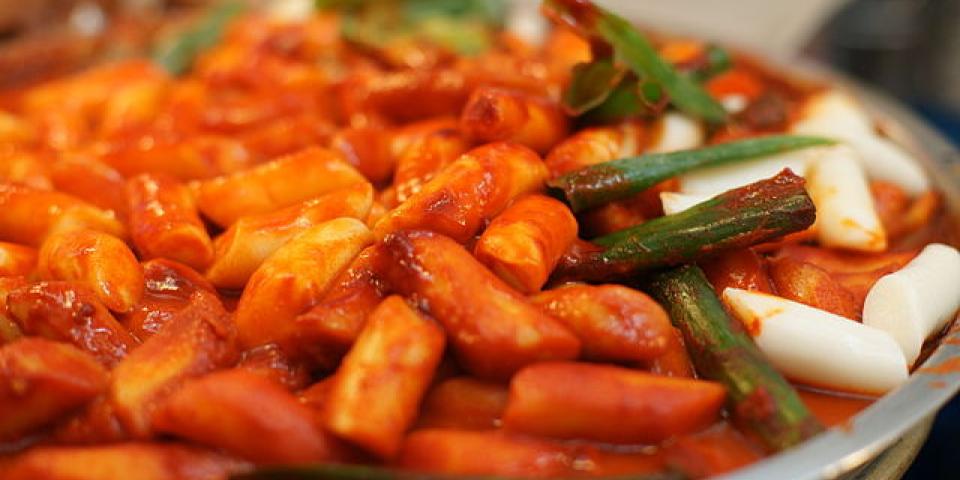
Nothing beats these soft rice cakes with savory, spicy, sweet flavors on chilly evenings. The mochi-like tteokbokki is topped with kimchi, green onions, boiled eggs, and sometimes fish. This snack is prepared with a fiery gochujang sauce, a characteristic Korean condiment that may be mildly or severely hot, depending on your tolerance for red chili peppers, fermented soybean paste, and garlic.
Bindaetteok
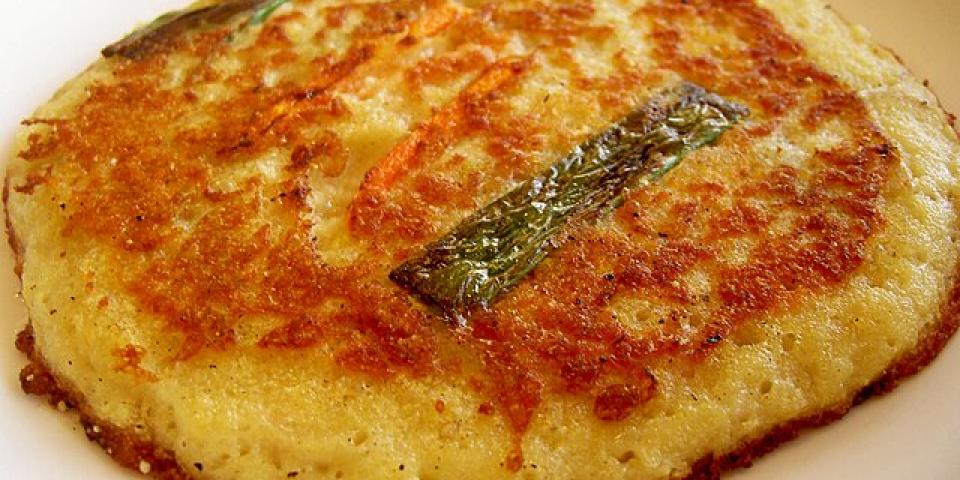
You may find bindaetteok, a Korean pancake, at many of Seoul's street food vendors. This dish usually contains mung beans, vegetables, thinly sliced beef, minced pork, or marinated pig belly. Street sellers often make these during the morning markets and prepare them with a dressing composed of vinegar, soy sauce, and crushed pine nuts.
Soondae
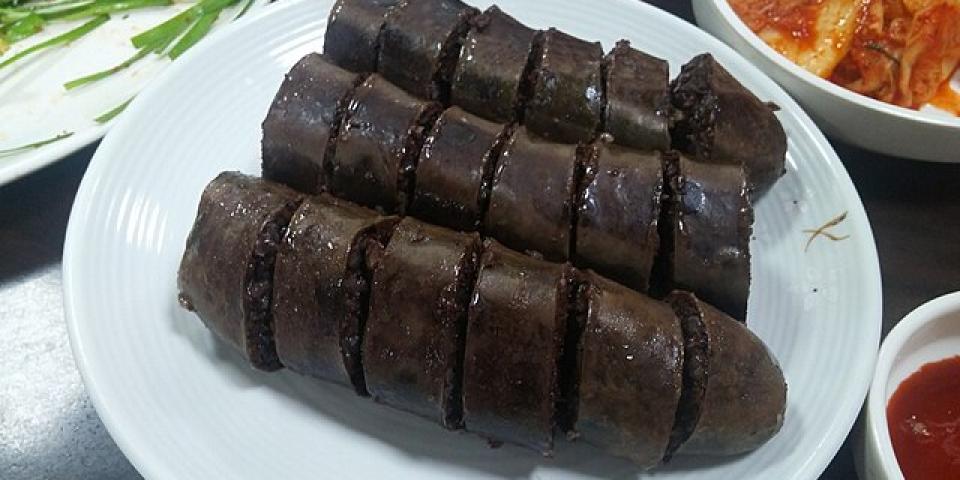
Soondae, sometimes called Sundae, is a Korean blood sausage made by stuffing pig or cow intestines with veggies, rice, noodles, and spices and then steaming or boiling them. It has a spicy and savory flavor that pairs well with extra hot sauce. Although this dish may be made into a delicious soup, it is often eaten as a snack with beer and dipping sauces like gochujang or soy sauce.
Tokkebi Hot Dog
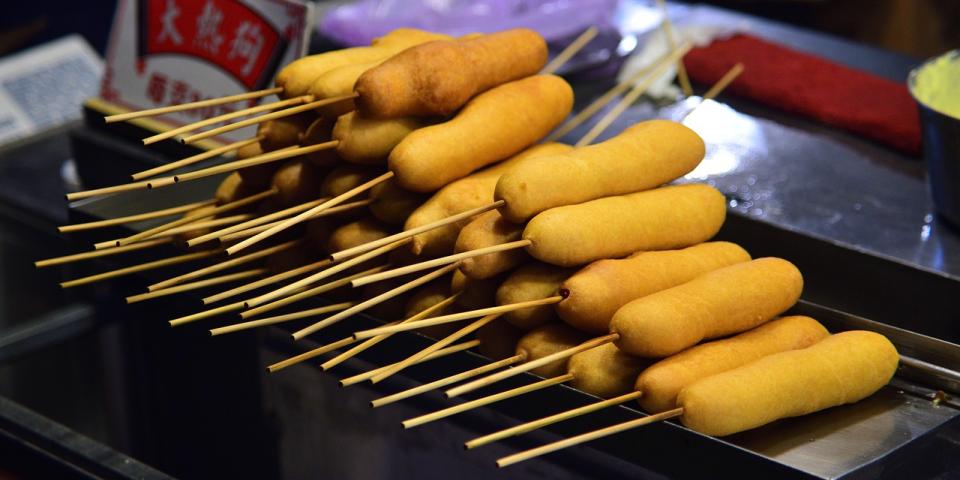
Whether you're craving sweet or spicy, tokkebi—a popular Seoul fast-food dish—has you covered with its battered and deep-fried sausage on a stick. Customization is key when it comes to Korean hot dogs. You can make these Korean hot dogs with various coatings, including potato and ramen noodles. To make tokkebi vegetarian, you can replace the sausage with cheese, tofu, or Korean rice cake. This treat's distinctive crunch comes from rice flour, as opposed to the wheat flour and cornmeal used for the breading of a traditional corn dog.
Kimbap
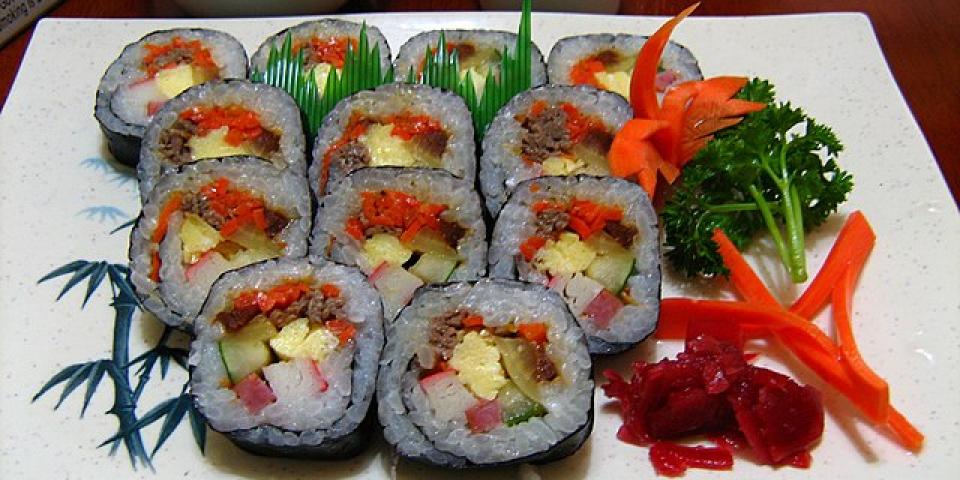
Despite its resemblance to a large Japanese sushi roll, kimbap is constructed with cooked white rice, pickled radish, fish, seaweed, vegetables, pork, eggs, and cheese rather than vinegar rice. It is common practice to brush kimbap rolls with sesame oil and sprinkle sesame seeds before cutting them into smaller, more manageable pieces. It's a quick and simple snack that has exploded in popularity, making it one of the most eaten Korean street snacks in Korea and throughout the world.
Twigim
The Korean version of tempura, twigim, is battered, deep-fried seafood, pork, poultry, or vegetables. As a tasty, crispy snack, it's perfect for dipping into the hot red sauce or tomato for added flavor. This Korean street dish is commonly eaten with tteokbokki.
Mandu
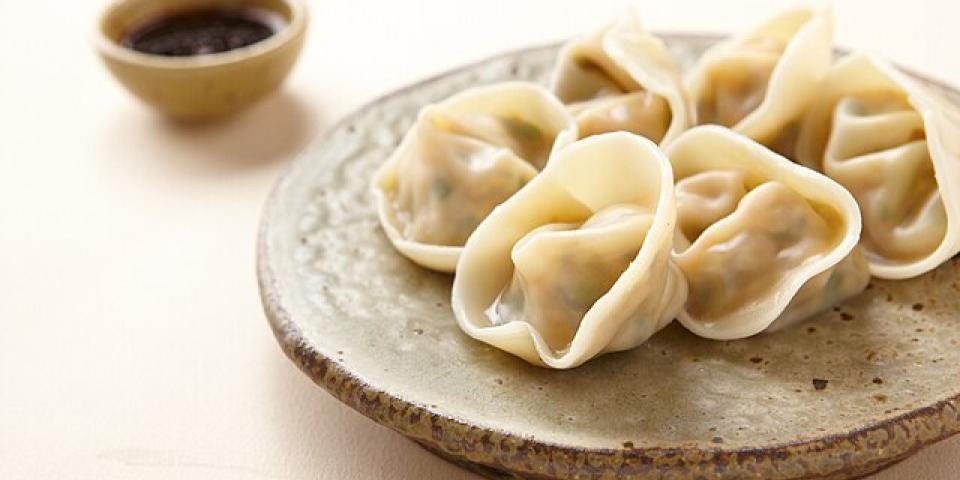
You can get mandu all throughout the Korean Peninsula; they taste much like the beef dumplings you'd find in other Asian countries. The inside of these Korean dumplings consists of a mix of veggies, pork, and tofu, while the dough wrapper is created from wheat flour, also known as the dumpling skin. Korean street food specialties come in various shapes and may be cooked in multiple ways: steaming, boiling, pan-frying, or deep-frying. They are often eaten with soup or served alone with a tangy vinegar soy sauce.
In Seoul, you may satisfy your cravings for every cuisine. Book an appointment with an SAF counselor to learn more about studying in this fantastic nation.









